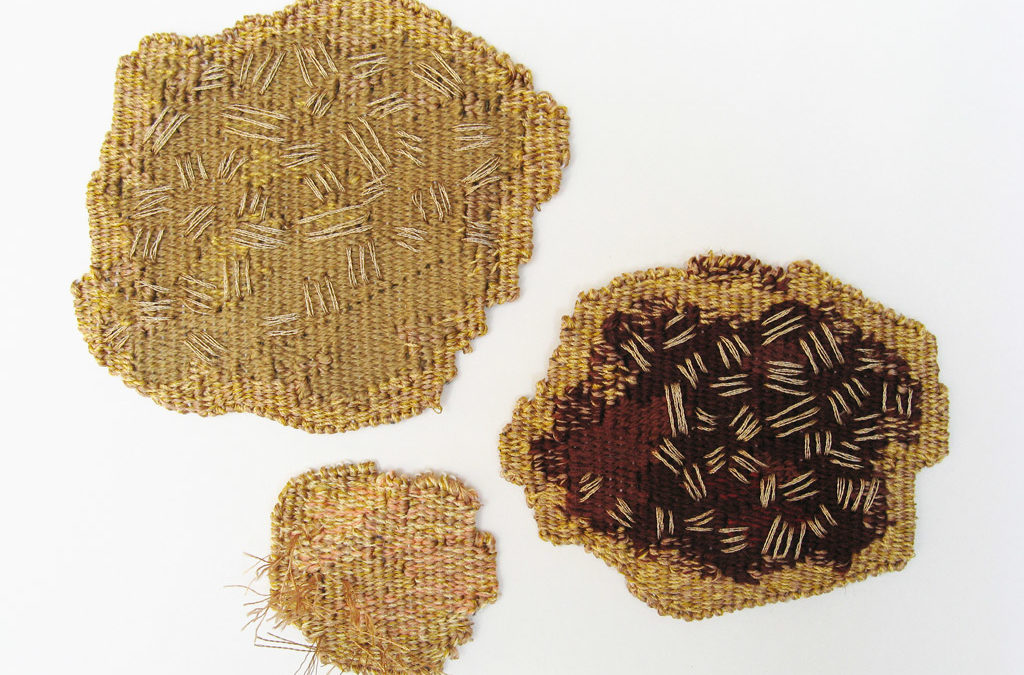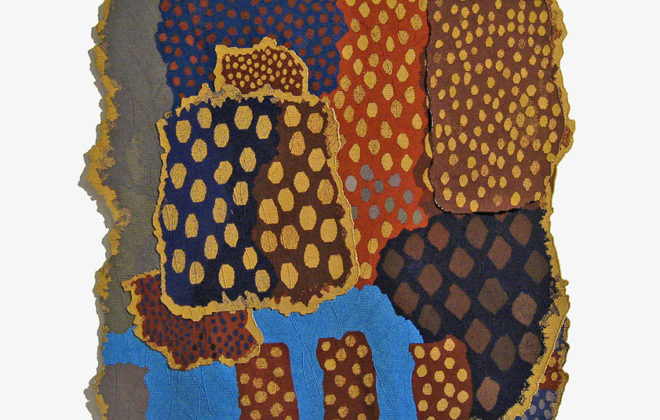Why is it so hard to sell tapestries?
No one becomes a tapestry weaver with the expectation of making their fortune. We all supplement our meagre incomes by teaching or other activities, from waitstaff to dog walking. But why don’t people buy our beautiful works of art?
Tapestry suffers from a number of disadvantages in this regard. Firstly, tapestries are expensive. Even if we pay ourselves minimum wage, they still cost thousands. Many of us make miniatures, so a collector might consider these, but the next problem is the lack of galleries devoted to textile art. I am unaware of any private galleries in the UK that specialise in textiles.
Then many people are afraid of art in general, afraid people would laugh at them for hanging the ‘wrong’ thing. That is supplemented by ignorance about the medium itself (see Is it a tapestry? No. https://joannesoroka.co.uk/is-it-a-tapestry-no/) Many think tapestry is needlepoint or embroidery, with all its domestic, genteel and amateur associations, and therefore that it is not truly art. I have spoken to men who say, ‘Oh yes, my wife likes that kind of thing.’
During the boom times of the 1980s, tapestries flew off the looms. With austerity, however, big companies, banks or hotels now think twice before commissioning a work of art their shareholders would consider a frivolous purchase. Equally, public bodies that used to purchase or commission have had their budgets slashed, meaning that even basic services are being cut, with no possibility of extras such as works of art. We don’t want Thatcherism back, but we could do with the enhancement of the office environment that went with that territory.
For those lacking the visual literacy necessary for the appreciation of works of art in general and tapestry in particular, there is also the problem of the inability to visualise a completed commission. Presented with a small drawing, sample weaves, etc, they struggle to imagine what the final product would look like. We can help with Photoshopping the design into the picture of the environment, but still many find it difficult to envisage the completed tapestry hanging in situ.
Textiles exhibitions in public galleries generate large amounts of footfall. The shows are immensely popular with the public, but presumably the public is not sufficiently well-heeled to actually make a purchase, and public galleries don’t emphasise selling.
Then there are the petty arguments. They might get dirty or someone might spill coffee on them. They are a fire hazard. They are easy to steal. Once it gets to this level, you know there is no point arguing or even correcting misapprehensions.
Some of us do sell our work some of the time. We do have many opportunities to show it. Some people are visually literate and commission large tapestries. The main thing for most of us is that we are doing something we love and having the opportunity to be surrounded by textiles and the materials for making them. There is much to be thankful for, but the icing on the cake would be more sales and commissions.





